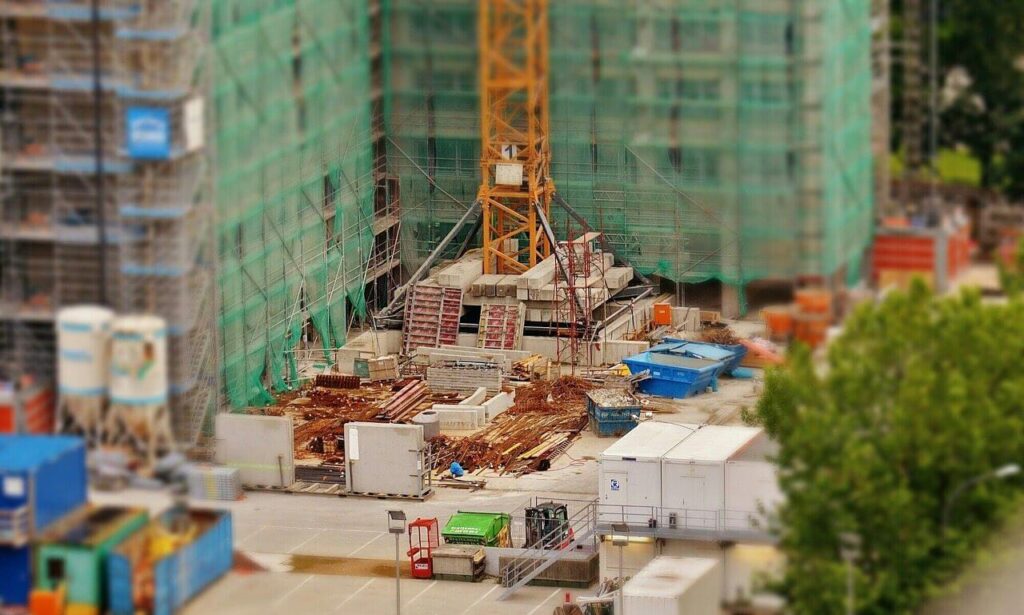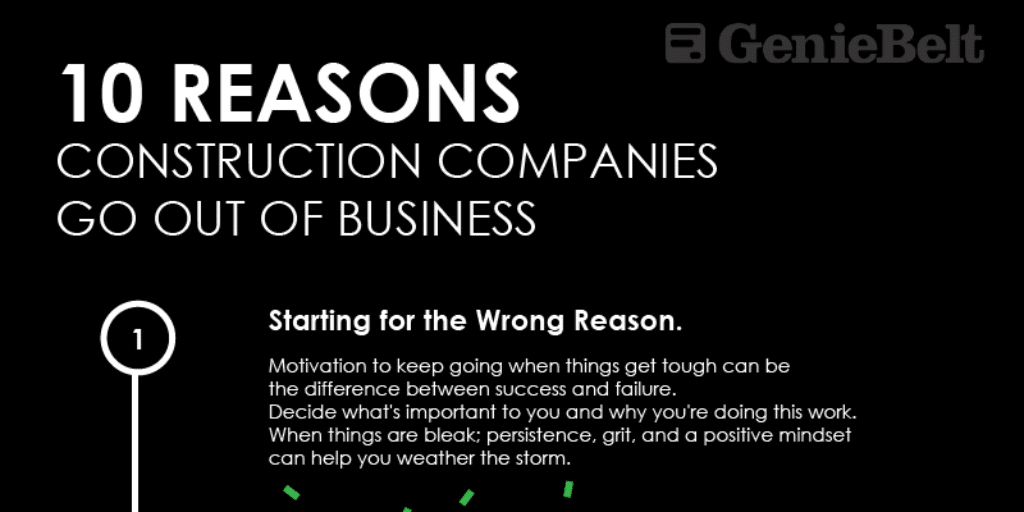This is quite an interesting subject. Two or three years ago I was approached by a guy doing his Doctorate and looking at “Waste in Construction” – the title of his thesis – who wanted to pick my brains and find out what my experience of waste was. Now, my initial responses to his questions all related to material waste on site. It took him a little while to get it into my thick head that he was also referring to wasted time on construction projects as well. It is just a subtlety of language but any construction project which has time wasted on it is a “Stalled Construction Project”.
Construction projects can stall before they even start on site. This is something that varies from country to country and depends upon their own procedures and their culture. Perhaps the worst offender in this respect is actually the United Kingdom where normally it will take up to 18 months from the decision being made that a project is to be undertaken until the time it starts on site. In other countries this can be a matter of only weeks. What we are going to look at here though is construction contracts which get stalled once work has started on site.
One cause of potential construction projects being stalled is shortage of materials. I was working on a housing development site in the 1980s when nearly all work came to a grinding halt. The reason for this was the boom in housing at the time which meant, that that the brick manufacturers simply couldn’t get production up to a level to meet the explosive demand. However this kind of stalling of a construction contract is usually a fairly rare event and the stalling is usually fairly short lived. The cure for this is to wait patiently until your project comes to the top of the manufacturers list.
So let’s cut to the chase. There is one major cause for many stalled construction projects: FINANCE !!! Unfortunately, though, even this finance thing isn’t quite that simple. There can be many causes for stalling caused by lack of finance, so let’s have a look at some of the most common.
Probably the messiest, most dramatic cause, and the one that can incur the longest stalls in construction projects is when the construction client runs out of money. An example of this was in Bucharest in 2008. A Spanish property developer was building three high-rise apartment blocks when the 2008 economic recession hit. The ground works and the basement concrete work had just about been done when the Spanish property developer pulled the plug. Whether that was a financial decision taking into account probable lack of earnings from the project or if it was the client company which went bankrupt I do not know. Now to have a look at the cure. Ironically, about 18 months later, the site was bought out and the three apartment blocks built – by the Bucharest Football Club! They used many of the apartments to accommodate their players. Very clever: spend money to save money!
The next and far more common cause of construction project delays again involves the Client. Frequently, when the construction Client is a commercial enterprise and the project is to build commercial office space, there are battles within the client’s organisation. This comes about because of conflicting interests of space and location and it so often threatens the hierarchy within the organisation and where individual managers are perched in the tree. Once the construction project starts on site one would assume that all these arguments are over. Generally speaking, that is definitely not the case! There are long heated meetings of the Client’s managers which result in some change of project design being required. Then things get even worse on the delay-front! The architects and engineers get dragged in and have to start working the redesign. These guys then start arguing and bickering! Now it is known on site that there are going to be changes so, in effect, work gets stalled. That can mean that men and plant are just hanging around on site and banging up the cost to the main contractor. Now the cure for this kind of stalling is pretty simple but does require a good understanding of construction contracts, being able to realistically threaten a Forensic Delay Analysis, all substantiated by plenty of phone calls, emails, letters and memos. Once it is made very clear that any stalling is caused by Client-side people and that they will be the ones to pick up any bill caused by the delay, they get their act together pretty fast and this particular kind of stalling tends to be cut very short.
I suppose there is another cause of construction contracts being stalled which could remotely be referred to as client-side and that is when the Statutory Authorities are not happy with the project design or the way in which it is being built. This can cause either a major or a minor delay. For example in the UK the town planners have 12 weeks in which to make a decision and come back to the contractor and client. In Romania it takes a couple of days. To the best of my knowledge there is no real “cure” for any stalling this may cause. The best that can be managed is to beg, plead and cooperate! Must add that in instances like this finance is neither the cause nor the cure of any stalling.
So now let’s move on to any stalling of the project that may be caused by the main contractor. There are a couple of these; the first of them is downright incompetence on the part of the site management. They somehow fail to make sure that the project is running to time against the Build Programme. The cure for that is simple; the main contractor has to get men on site who are up to the job. This sounds crazy but so often this cure isn’t applied simply because the main contractors Senior Management failed to realise the cause and so don’t apply the cure. This leads is on to what is often the second cause of stalling for which the main contractor is the responsible party. Because the project is running late the cash flow forecast isn’t met and the main contractor is forced into bankruptcy! When this happens the cure is fairly obvious; get a new main contractor. Having said that, although the cure is fairly obvious, it isn’t usually a very quick and easy one to apply. Any new main contractor approached to pick up the project and get it running again will want a very good hard look at it. They will have to come up with pricing for what remains to be done and, not being idiots, will only take on the job if they can do it at a far higher profit margin than the original main contractor. All this can result in a quite long period for which the project is stalled and, due to the increased price it will cost the Client; it may even force the client into bankruptcy.
Another common cause of the stalled Construction Project is when a sub-contractor is either found not be up to the job or they go bust. Either way they are off-site. In a situation like this certain aspects of the work get stalled. The cure for this is to find a new subcontractor. Unfortunately the situation then is pretty much the same as when the main contractor goes out of business. Any new subbies approached have to do their site inspections and sums before they submit a price and, because they aren’t fools either, their price for the remaining work will be higher than that charged by the original subcontractor. This can have a knock-on effect for the main contractor whose profits will be eroded and may even force them to pull out of the job or go bust themselves.
The last cause of the stalled construction contracts that I can think of at the moment are those incurred by “Acts of God”. These aren’t usually specified per se in the contracts but include things like hurricanes, earthquakes, sub-zero temperatures, flooding, torrential rain, et cetera. Now for these there is no cure but main and sub- contractors love them; it means they are stood idle, well rather sheltering in their containers, and they get paid for it by the client. Clients obviously hate Acts of God but are pretty powerless to do anything about them. Start using proper construction scheduling with GenieBelt to avoid stalled construction!




